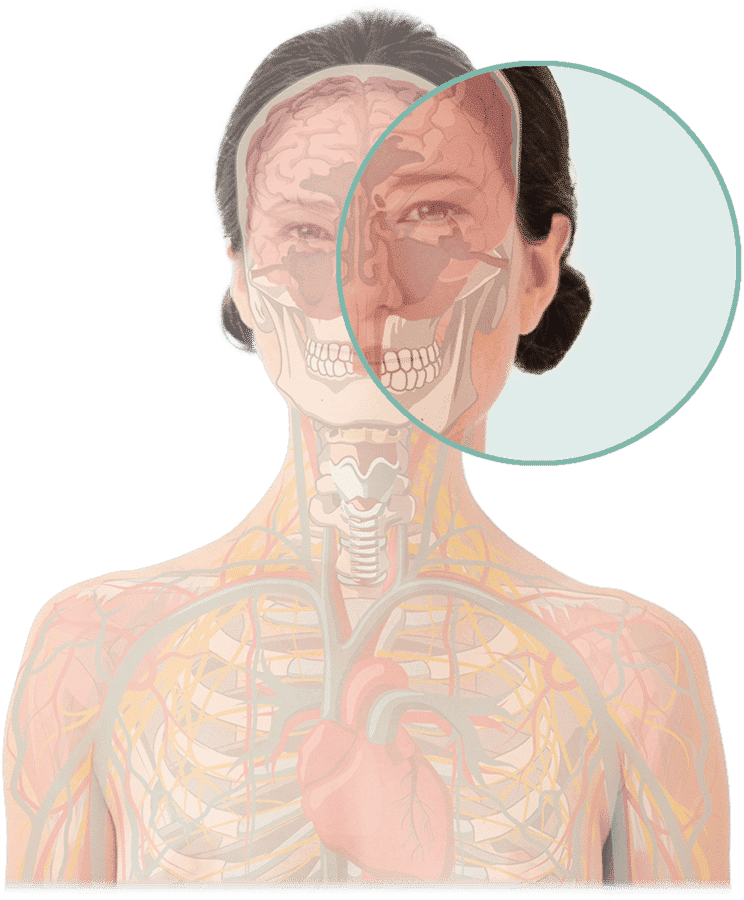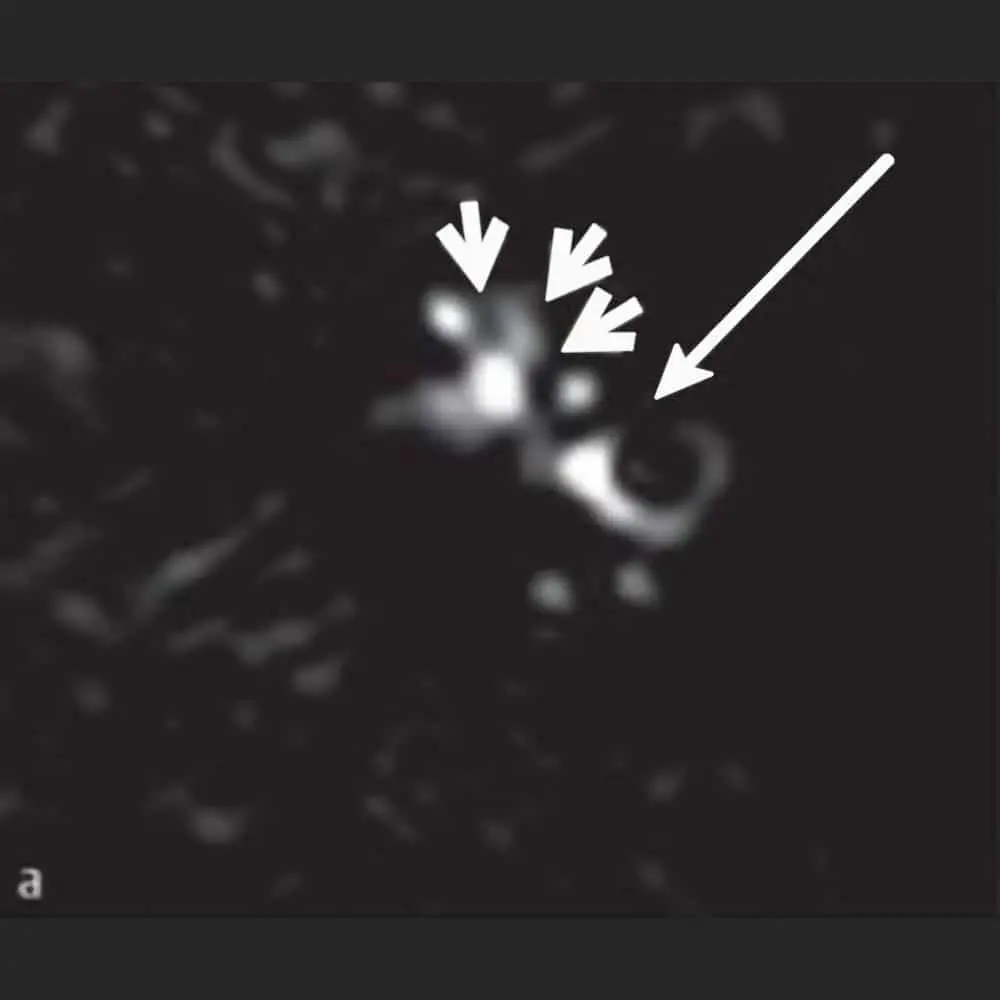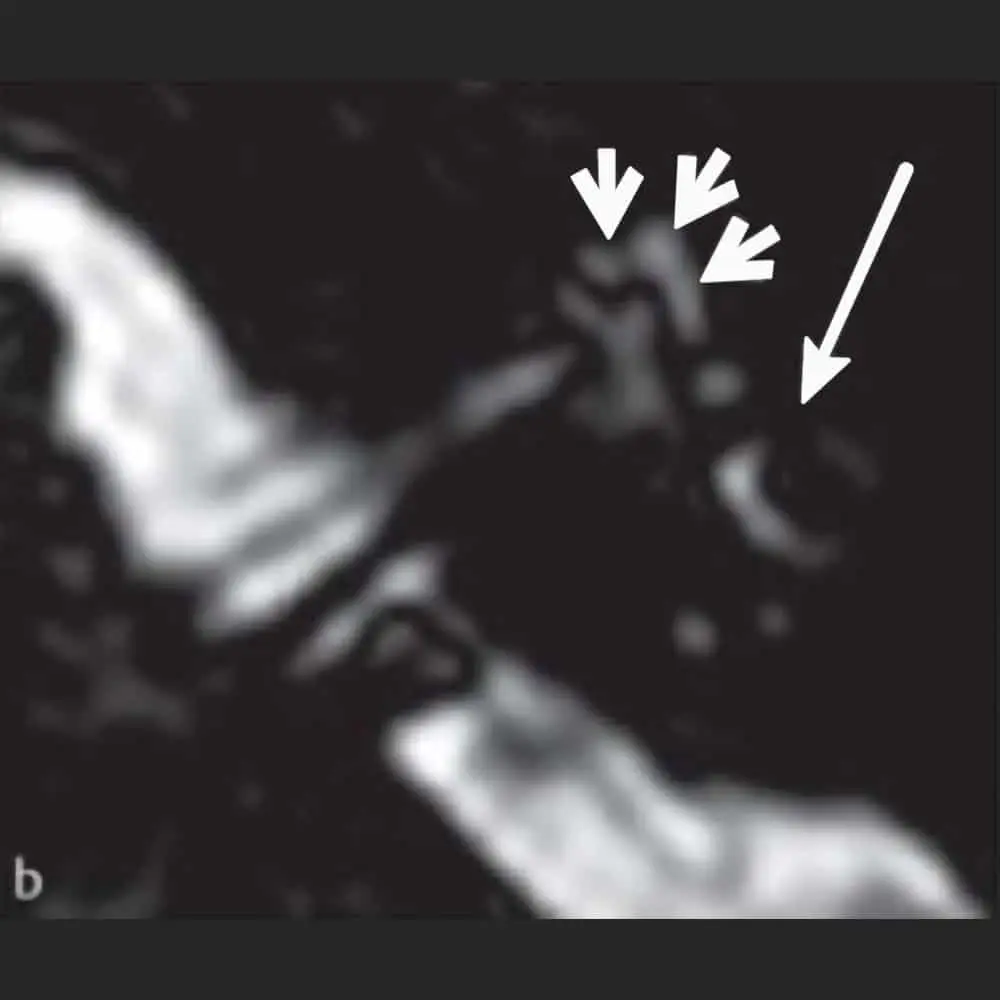Symptoms such as dizziness (vertigo), hearing loss or hearing disorders, and phantom noises such as tinnitus (“ringing in the ears”) can have various causes.
There are three groups of hearing disorders:
Conductive hearing loss, sensorineural hearing loss, and sensorineural hearing loss. These hearing disorders can also exist in combination.
In conductive hearing loss, the sound waves reach the inner ear in a weakened form. The actual cause of this can lie in the ear canal, for example, if it is blocked or malformed. It can also be located in the middle ear, for instance, in the context of inflammation.
In the case of sensorineural hearing loss, the eardrum and the ossicular chain initially conduct the sound waves correctly. However, the transmission and processing signals in the inner ear are disturbed.
If a hearing loss in the brain causes a hearing loss, it is called sensorineural hearing loss. In the typical case, incoming acoustic signals are differentiated and linked with a corresponding meaning. In sensorineural hearing loss, signals are processed incorrectly in the brain, even though the auditory nerve transmits them correctly. The consequence is that the patient hears the tones but cannot interpret them meaningfully. This hearing loss can happen, for example, after a stroke.
The MRI scan of the ear visualizes the inner ear and surrounding structures, the auditory and vestibular nerves, and the brain. The examination is performed in the supine position and takes about 45 minutes.
For example, growths on the nerve tract that connects the ear to the brain can be detected. These growths - the so-called vestibular schwannoma or acoustic neuroma - are benign (non-cancerous) swellings along the auditory and vestibular nerves.
Furthermore, various diseases such as infections, adhesions, and irritation of the auditory and vestibular nerves caused by vessels or injuries can be visible.





















